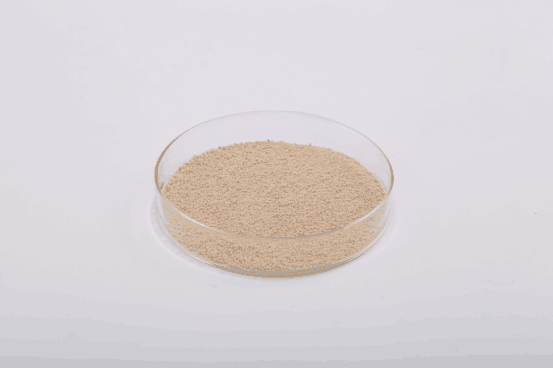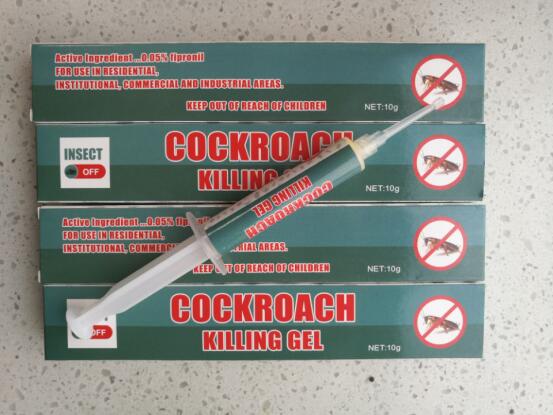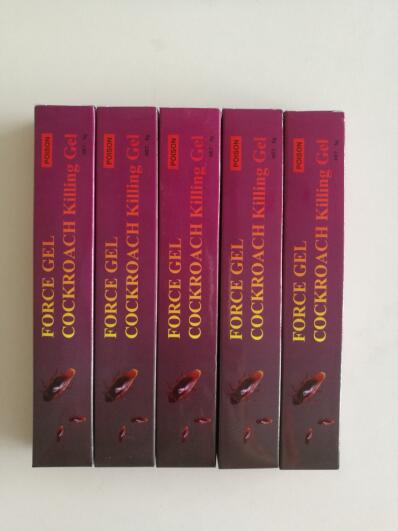During the whole growth period of rice, 40%~60% of nitrogen
Fertilizer, 50%~100% of potash fertilizer and phosphate fertilizer are used as base fertilizer, and the rest are top dressing. On the basis of the application of the base fertilizer, the rice topdressing should be controlled according to the leaf color and growth appearance of the rice and the climatic conditions, and the right and the right amount of topdressing should be used to promote the control, with the appearance of “two black and two yellow†as the standard. In the end of effective tillering and before and after heading, the green color of the leaves is two black; when the rice begins to divide, the stems grow rapidly, the stems grow rapidly, the nutrients in the body are temporarily insufficient, the leaves are yellow, and the leaves are 5 to 10 days before heading. At the booting stage, the nutrients required for ear differentiation increased, and the leaf color also appeared yellow. In the "two black" stage, if the leaf color does not change to green, it indicates that the rice plant is de-fertilized; if the leaf color does not fall in the "two yellow" stage, it indicates that the rice plant has too much nitrogen and there is a phenomenon of greed. I. Heterogeneous fertilizer The area of ​​effective tillering of rice in Heilongjiang Province is short, which is fast-growing early, and the rate of ear-forming is increased. The manure should be applied early, that is, the application in the re-greening period after slowing the seedlings. In this period, one can supply the tillers early. The nutrients of the lower axillary buds promote the rapid development of low-level tillers and increase the rate of ear formation; the second is to extend the effective tillering period and increase the number of panicles. The amount of nitrogen fertilizer applied during the tillering period should generally account for 20% to 30% of the total nitrogen fertilizer application rate. 2. Rational application of panicle fertilizer can increase the number of spikelets, prevent the degradation of spikelets, increase the seed setting rate and 1000-grain weight. The application period of panicle fertilizer is generally applied 15 days before heading, and the purpose is to reduce the degradation of spikelets seriously. During the splitting period (about 12 days before the earing), the fertilizer effect was seen. Judgment on the application period of panicle fertilizer: 20 days before the ear is the period when the penultimate leaf grows about half, and 15 days before the ear is the second to last leaf ear, the second leaf has been unfolded, and the flag leaf is exposed. time. The amount of fertilizer applied is 10% to 15% of the total amount of nitrogen fertilizer and the remaining potash fertilizer. When the rice grows too strong, the leaf color is thick, and the field is blocked too early, or when it encounters low temperature, rainy, illuminating and disease, it may not apply, reduce or delay the application of nitrogen, or apply potassium without nitrogen. Third, the granular fertilizer has the effect of delaying the leaf area after heading and improving the photosynthetic capacity of the leaves, as well as enhancing the root vitality, increasing the grouting material after heading, reducing the grain and increasing the grain weight. The application period of granular fertilizer should be in the heading stage, the criterion of topdressing grain and fertilizer, and the leaf color of the booting stage (5-10 days before earing). The grain color can be applied when the leaf color after heading is lighter than the booting stage. Fourth, the top of the top dressing (foliar spray fertilizer) Root dressing can be quickly absorbed by the rice stems and leaves, the effect is faster, and can avoid the loss of nutrients by soil fixation and "denitrogenation". Urea is a neutral fertilizer with large diffusibility and is easily absorbed by rice. It is especially suitable for top dressing. The concentration of urea as a top dressing is preferably 1.5% to 2.0%. In order to supplement the phosphorus deficiency in the late growth stage of rice, 10%~20% of superphosphate or 0.1%~0.2% of potassium dihydrogen phosphate can be sprayed, and the spray volume is 1500kg per hectare. When foliar spray fertilizer, the length of the solution wetted leaves has a certain relationship with the effect of spraying fertilizer. In order to maintain the long moist time of the leaves, it is best to carry out the weather in the evening without wind. 5. Direct-casting rice fertilization technology Direct-casting rice has shorter growth period, lower tillering node, earlier tillering, more developed roots, shallow root layer, early tillering peak, rapid decline and lower rate of ear formation. Features. For the application of nitrogen fertilizer, 50% of the planned amount should be used as the base fertilizer; 20% for the manure, and for the four-leaf stage; 30% for the next leaf stage of the flag leaf.
ã€Comment】 ã€Print this article】 ã€Close this page】 ã€Large, medium and small】
Insecticides For Public Health Control is mainly used to control mosquitoes, flies, fleas, cockroaches, mites, ticks, ants ,rats and other vector organisms and pests that affect people's lives in public health field .Enge have advantage on public health control insecticides,such as gel,bait and so on. We support the right solution according to client`s detail requirement .
Our hot sale and high efficient products including Thiamethoxam+(Z)-9-Tricosene WG fly bait, Fipronil/imidacloprid cockroach Gel, Fipronil 2.5%EC and Dinofuran 20%SG for termites control, Acetamiprid SL and DDVP for bedbug control. Lambda-cyhalothrin WP.



Insecticides For Public Health Control
Insecticides For Public Health Control,Public Insecticides,Safety Public Insecticides
Hebei Enge Biotech Co.,Ltd. , http://www.engepesticides.com



![<?echo $_SERVER['SERVER_NAME'];?>](/template/twentyseventeen/skin/images/header.jpg)